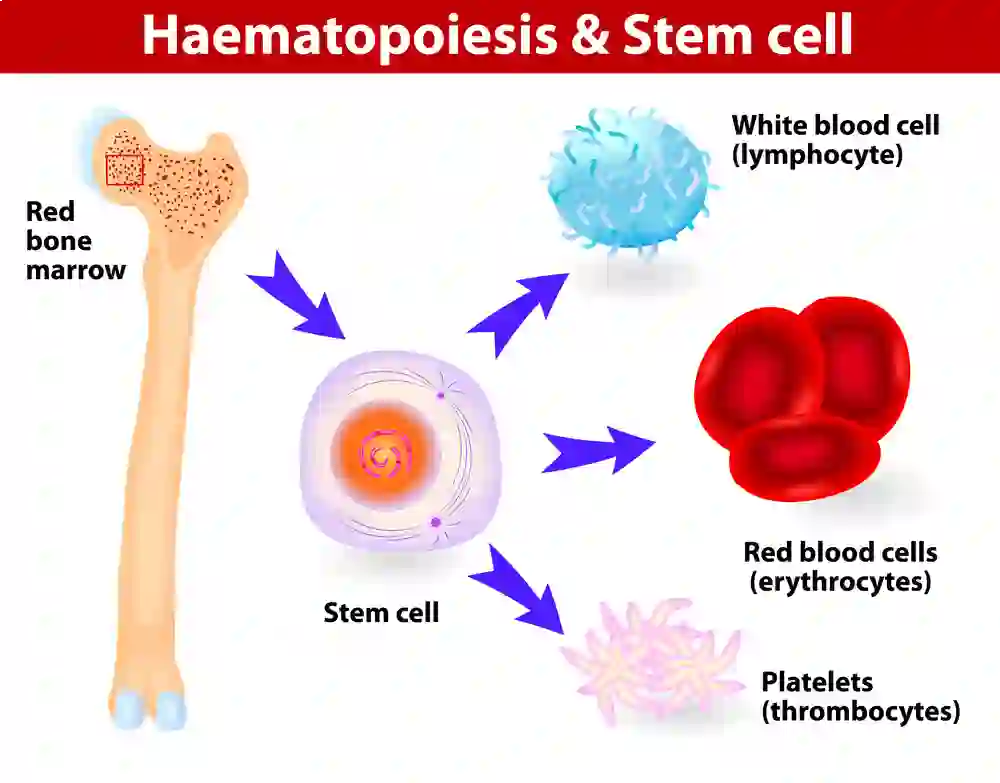Pathophysiology of acute myeloid leukemia

AML is caused by malignant myeloblast formation. In the normal process of blood cell formation, the myeloblast is a young antecedent of the myeloid lineage of white blood cells. A normal myeloblast will eventually transform to become one of the many types of mature white blood cells. However, in cases of acute myeloid leukemia, the myeloblasts accumulate a series of mutations in their genomes that prevent them from continuing the normal process of cell differentiation. In other words, they become “frozen” in an immature state.
However, this condition is still not enough to produce leukemia. When other mutations of the genes that control cell proliferation are added to the absence of myeloblast differentiation, the result is an uncontrolled division of myeloblasts, which leads to the development of AML.
The symptoms of AML are caused by the uncontrolled proliferation of leukemic cells that displace healthy cells and disrupt the development of all other blood cell types that originate in the bone marrow. As the disease progresses, patients typically develop other disorders related to blood cell count, such as anemia, neutropenia, and thrombocytopenia.
